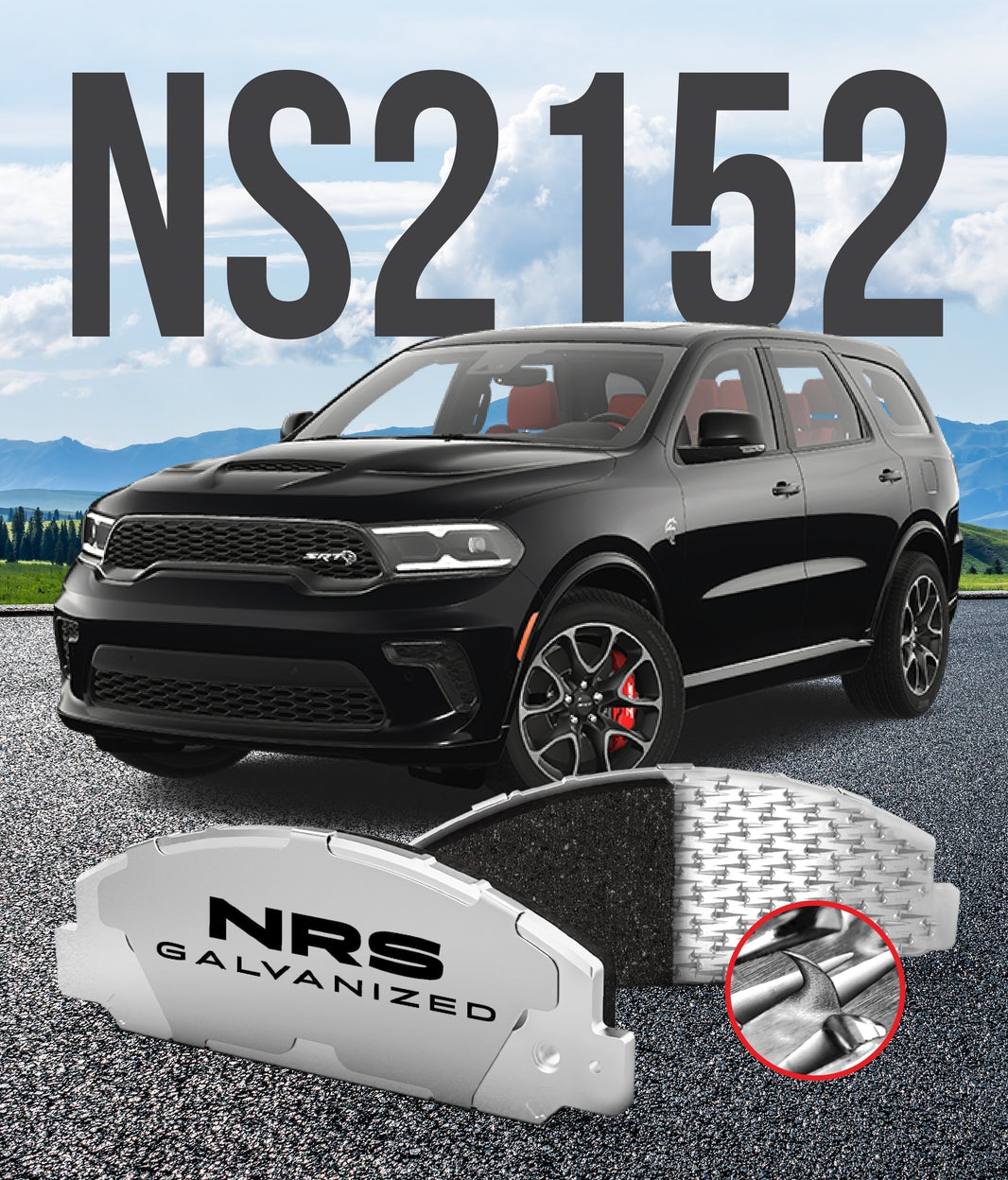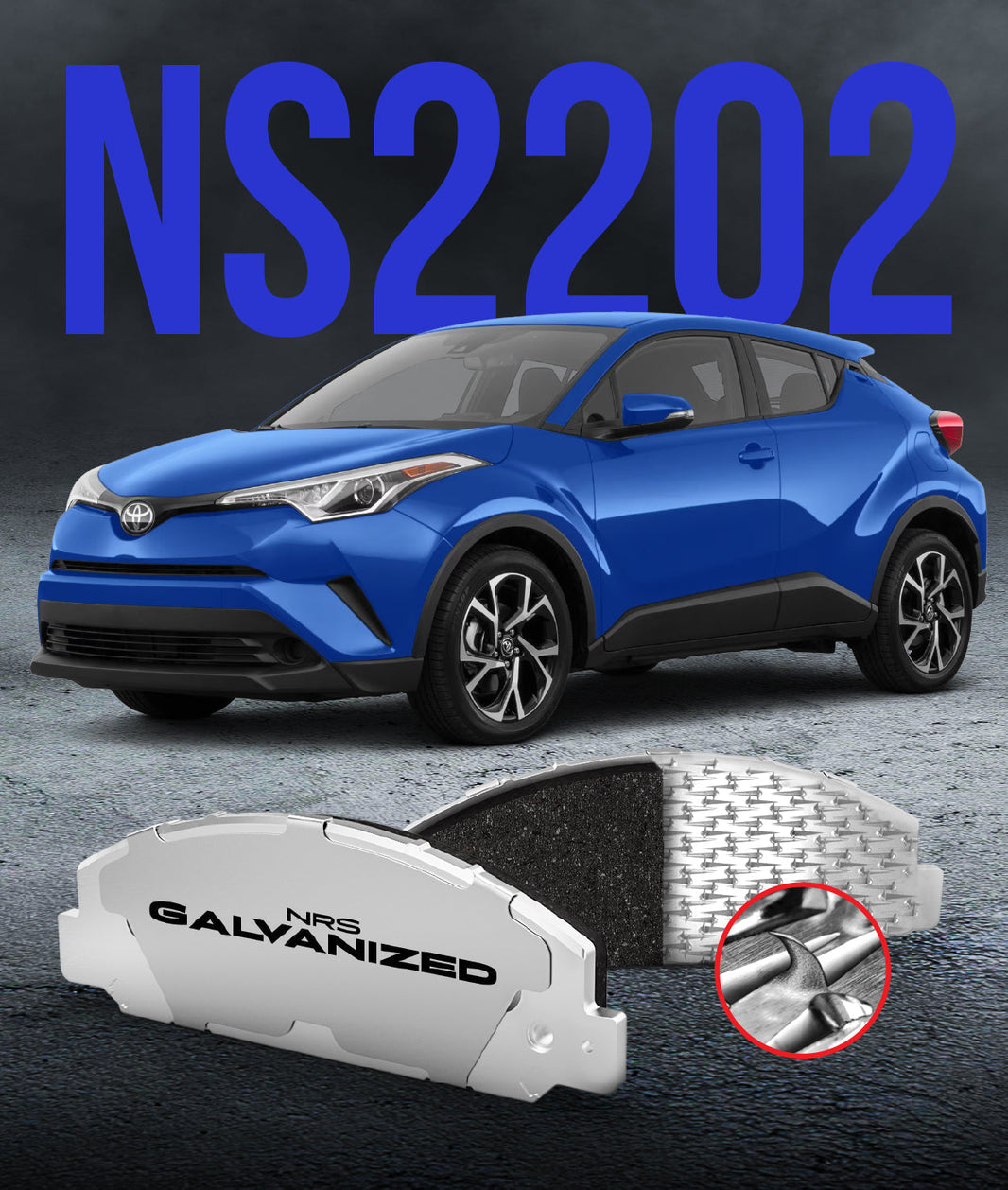
One of the most critical maintenance questions for any driver is, "How often should I change my brake pads?" While there's no single answer, the most common replacement interval is between 25,000 and 70,000 miles (or 40,000 to 112,000 kilometers).
This wide range exists because the true lifespan of your brake pads depends on a combination of factors—your driving habits, your vehicle, and the quality of the brake pads themselves. This definitive guide covers all the signs, factors, and best practices to ensure your brakes are safe and reliable.
Key Factors That Affect Brake Pad Lifespan
Understanding what causes brake pads to wear helps you maximize their life and know when it's time for an inspection.
Driving Style: Aggressive vs. Conservative
Your habits behind the wheel are the single biggest factor. Aggressive driving—characterized by last-minute hard braking and speeding—generates excessive heat and friction, wearing down pads much faster. Conversely, a conservative driver who maintains a safe following distance and brakes gently will enjoy a significantly longer brake pad lifespan.
Driving Conditions: City Stop-and-Go vs. Highway Driving
Where you drive matters. Constant stop-and-go traffic in a city forces you to use your brakes far more frequently than long-distance highway driving. A vehicle used primarily for urban commuting will need more frequent brake service than one that spends most of its time on the open road.
Vehicle Type and Weight
Heavier vehicles like trucks, vans, and SUVs require more force to stop, placing greater demand on their braking systems. Similarly, vehicles used for towing or hauling heavy loads will experience accelerated brake pad wear due to the increased strain.
Road Conditions: Hilly and Mountainous Terrains
Driving in hilly areas requires more frequent and harder braking to control speed on descents. This constant use generates significant heat and can wear down brake pads much quicker than driving on flat terrain.
Brake Pad Material and Quality
Not all brake pads are created equal. The material composition and overall construction play a critical role in their durability and performance. Cheaper pads not only wear out faster but can also be a safety risk. The construction of the backing plate is especially crucial, as low-quality plates can rust and lead to pad separation long before the friction material is gone.
5 Key Signs Your Brake Pads Need Replacement
Your vehicle will almost always give you clear warning signs when it's time for a brake service. Never ignore them.
1. Audible Warnings: Squealing, Grinding, or Clicking
-
Squealing or Screeching: A persistent, high-pitched squeal when you apply the brakes is the most common first sign. This sound comes from a small metal wear indicator tab, which is designed to contact the brake rotor when the pads are thin.
-
Grinding: A loud, metal-on-metal grinding noise means the pads are severely worn, and the metal backing plate is now grinding against the rotor. This is a critical safety issue. Stop driving and have your vehicle serviced immediately to avoid expensive rotor damage.
2. Changes in Brake Pedal Feel
-
Vibration: A vibrating or pulsating feeling in the brake pedal or steering wheel when you brake often points to a warped brake rotor, but can also be caused by unevenly worn pads.
-
Spongy or Soft Pedal: If your brake pedal feels softer than usual or sinks closer to the floor, it can indicate worn pads or, more seriously, air or moisture in the brake lines.
-
Reduced Response: If your brakes feel less responsive or the vehicle takes longer to stop, it's a clear sign they need professional inspection.
3. Dashboard Warning Light
Many modern vehicles have a brake pad wear sensor. When the pads wear down, this sensor triggers a warning light on your dashboard, which may look like (!), (O), or the word BRAKE.
4. Visual Inspection: Checking Brake Pad Thickness
You can often see your brake pads through the spokes of your wheels. Look for the outer pad pressed against the shiny metal brake rotor.
-
Good: New brake pads have about 8-12mm of friction material.
-
Inspect: If the material appears to be less than 1/4 inch (about 6.4 mm) thick, it's time to schedule an inspection.
-
Replace: It is highly recommended to replace pads when they reach 3-4mm of thickness. This is the minimum wear limit for most manufacturers.
Your Brake Inspection Checklist: When and How to Check
Proactive inspections are the key to brake safety and saving money on repairs.
-
Consult Your Owner's Manual: Your vehicle's manufacturer provides specific recommendations for service intervals. Always start here to see what is advised for your exact model.
-
Schedule Regular Professional Inspections: It is best practice to have your brakes professionally inspected every 10,000 to 15,000 miles, or at least once a year. A good time to do this is during a tire rotation or oil change.
-
Trust Your Senses: Between professional checks, pay attention. If you see, hear, or feel any of the warning signs listed above, don't wait for your next scheduled service—get your brakes checked.
The NRS Brakes Difference: Choosing Pads Built to Last
While friction material is important, the foundation of a brake pad is its steel backing plate. This is where most standard brake pads fail prematurely. Manufacturers often use simple paint or adhesives to attach the friction material, but heat and moisture cause this to fail, leading to rust and delamination—where the friction material dangerously separates from the plate.
NRS Brakes solves this with an engineered solution. We use galvanized steel for superior corrosion resistance and patented SHARK-Metal™ mechanical attachment. This technology uses hundreds of tiny steel hooks to permanently lock the friction material to the backing plate, guaranteeing your pads will never separate and last to their full potential.
Frequently Asked Questions (FAQ)
How often do front brake pads wear out compared to rear pads? Front brake pads typically wear out two to three times faster than rear pads because they handle the majority (60-70%) of the braking force.
Does my owner's manual tell me when to change my brakes? Your owner's manual will provide a recommended inspection schedule. It won't give an exact replacement mileage because wear depends so heavily on your driving habits.
What's the difference between brake pads and brake rotors? Brake pads are the friction components that press against the brake rotors (the large metal discs). The friction between them is what stops your vehicle. Both are critical components that wear over time.




